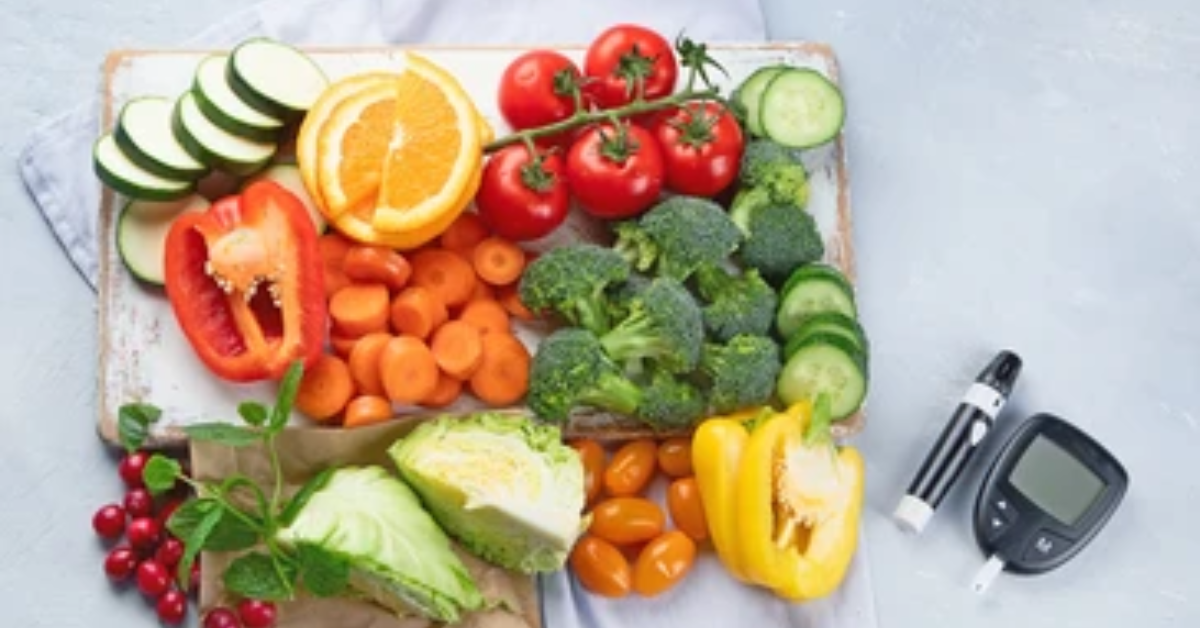Sugar is everywhere. From the spoonful in your morning coffee to the hidden grams of sugar in sauces, dressings, and ready meals, sugar plays an important role in the modern diet. Yet few substances cause as much debate and confusion. Is sugar truly the nutritional villain it’s made out to be? Or is it simply misunderstood? In this article, we explore the truth about sugar what sugar is, how it affects the body, myths and facts, and how to view it in a balanced and informed way.
Understanding SugarWhat It Really Is
Basically, sugar is a type of carbohydrate. It comes in several different forms:
- Monosaccharides: These are the simplest sugars, including glucose, fructose, and galactose.
- Disaccharides: These consist of two monosaccharides bonded together. Common examples are sucrose (table sugar= glucose + fructose), lactose (milk sugar glucose + galactose), and maltose (glucose + glucose).
When people talk about “sugar,” they usually mean sucrose, which is derived from sugar cane or sugar beets. However, the human body processes many types of sugar in a similar way, breaking them down into glucose for energy.
Natural vs Added Sugar
Natural sugar:
Natural sugar is found in whole foods like fruits, vegetables, grains, and dairy products. It contains fiber, vitamins, minerals, and antioxidants that slow sugar absorption and provide numerous health benefits.
Added Sugar:
Added sugar is added during the processing or preparation of foods. These include white sugar, brown sugar, high-fructose corn syrup, honey, and agave syrup. It can be found in obvious products like soda, candy, and desserts but also in surprising ingredients like bread, salad dressing, and yogurt.
The Bodys Response to Sugar
When you consume sugar, your digestive system breaks it down into glucose. This glucose enters the bloodstream and raises blood sugar levels. In response, the pancreas secretes insulin, a hormone that helps cells absorb glucose for energy or storage. Problems arise from a constant sugar overload. Repeated insulin spikes can lead to insulin resistance, a precursor to type 2 diabetes. Excess glucose is also converted to fat in the liver and contributes to obesity, non-alcoholic fatty liver disease, and metabolic syndrome.
How much sugar is too much
The World Health Organization (WHO) recommends that added sugars be less than 10% of total daily energy intake, ideally less than 5%, to achieve additional health benefits. For an average adult, this is about 25 grams (6 teaspoons) per day. Unfortunately the average person consumes significantly more. In some countries, such as the US average sugar consumption can exceed 70 grams (17 teaspoons) per day almost three times the recommended amount.
The Health Effects of Excessive Sugar Consumption
Weight Gain and Obesity:
Sugar-sweetened foods and drinks are high in calories but don’t fill you up. They contribute to weight gain without providing satiety. Studies show a strong link between sugar-sweetened beverages and increased body fat, especially in the abdominal area.
Type 2 Diabetes:
While sugar doesn’t directly cause diabetes, excessive sugar consumption leads to weight gain and insulin resistance important risk factors for the disease.
Heart Disease:
High sugar consumption is associated with elevated triglyceride levels, increased blood pressure, and inflammation all risk factors for heart disease. A study in JAMA Internal Medicine found that people who got 17 21% of their calories from added sugar had a 38% higher risk of dying from heart disease.
Liver Damage:
The liver processes fructose. In high amounts, fructose can overload the liver, leading to fat accumulation and non-alcoholic fatty liver disease (NAFLD).
Tooth Decay:
Sugar is an important fuel for bacteria in the mouth, which produce acids and thus lead to tooth decay and gum disease.
Mental Health:
Recent research has shown links between high sugar consumption and an increased risk of depression and anxiety. Sugar causes blood sugar fluctuations, which can affect mood and energy levels.
Common Myths About Sugar
Myth 1: Sugar Is Always Bad:
Truth: Naturally occurring sugar in fruits, vegetables, and dairy products is not harmful when consumed as part of a balanced diet. The concern is with added sugar in processed foods.
Myth 2: Brown Sugar Is Healthier Than White Sugar:
Truth: Brown sugar is essentially white sugar with molasses. The nutritional difference is negligible.
Myth 3: Artificial Sweeteners Are Safe Alternatives:
Truth: Artificial sweeteners like aspartame or sucralose can reduce calorie intake, but they are concerning for gut health and metabolic effects. Some people also find that they increase sugar cravings.
Myth 4: Sugar causes hyperactivity in children:
Truth: Contrary to popular belief, several studies have found no consistent link between sugar consumption and hyperactive behavior.
Hidden Sources of Sugar
Even foods marketed as healthy can be full of sugar. Examples:
- Flavored yogurt: Often contains 15–20 grams of added sugar per serving.
- Granola bars: Touted as nutritious, but often contain high levels of syrup and sugar.
- Tomato sauces and condiments: May contain more sugar than expected.
- Smoothies and fruit juices: High in natural sugars, but often lack fiber.
Always look for the following ingredients on labels:
High fructose corn syrup
- Cane sugar
- Molasses
- Dextrose
- Maltose
- Condensed cane juice
- Corn syrup solids
- Rice syrup
Understanding the Glycemic Index

The glycemic index (GI) indicates how quickly a food causes blood sugar levels to rise. High-GI foods cause rapid increases, while low-GI foods cause a gradual rise.
Refined sugar and processed foods typically have a high GI, while whole grains, legumes, and whole grains have a lower index value.
Choosing low GI foods helps maintain stable energy levels and reduce cravings.
The Sugar Addiction Debate
Many researchers argue that sugar is addictive. It activates the dopamine reward system in the brain, similar to drugs and alcohol. Over time, this can lead to tolerance, meaning you need more sugar to experience the same pleasure.
Sugar withdrawal can cause symptoms such as:
- Cravings
- Fatigue
- Irritability
- Headaches
This vicious cycle reinforces overconsumption and leads to an emotional dependence on sweets.
Finding Balance How to Reduce Your Sugar Consumption
Read Labels Carefully:
Look for the “added sugar” statement on nutrition labels. In many countries, this must now be listed separately.
Cook More from Home:
When you prepare your own meals, you have control over your sugar intake.
Avoid Sugary Drinks:
Sodas, sweetened coffee drinks, and energy drinks are among the biggest sources of added sugar.
Choose whole fruit:
Fruit contains fiber, water, and nutrients, making it a smart choice even with natural sugars.
Eat more protein and healthy fats:
These help stabilize blood sugar levels and reduce cravings.
Limit desserts:
Indulge in sweets occasionally, not every day. Try healthier alternatives like dark chocolate or desserts with fruit.
Reduce gradually:
Cutting off abruptly is difficult. A slow reduction in consumption helps the palate adjust and makes changes more sustainable.
Sugar and children
Children are particularly vulnerable to the negative effects of sugar. High sugar consumption in children is associated with:
- Obesity
- Behavioral problems
- Poor academic performance
- Caries
Parents can help by:
- Offering water or milk instead of juice or soda
- Offering healthy snacks such as fruit, nuts, and yogurt
- Not using sweets as a reward
When is sugar allowed?
Sugar is not inherently harmful in moderation. Celebrating a birthday, enjoying a festive dessert, or sharing something delicious with friends can all contribute to a healthy lifestyle. The key is conscious consumption being aware of how much sugar you eat and making informed choices.
Conclusion:
The truth about sugar is not that it’s bad it’s that in a modern diet rich in processed foods, it’s easy to consume too much. Natural sugar from whole foods is part of a healthy diet. It’s added sugar often hidden in everyday products that’s a cause for concern. nstead of fearing sugar, we should strive to understand it, make informed choices, and strive for balance. By choosing whole foods, reading labels, and being mindful, we can enjoy the sweetness of life without sugar affecting our health.more info…
